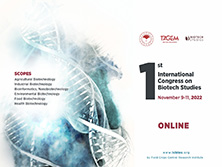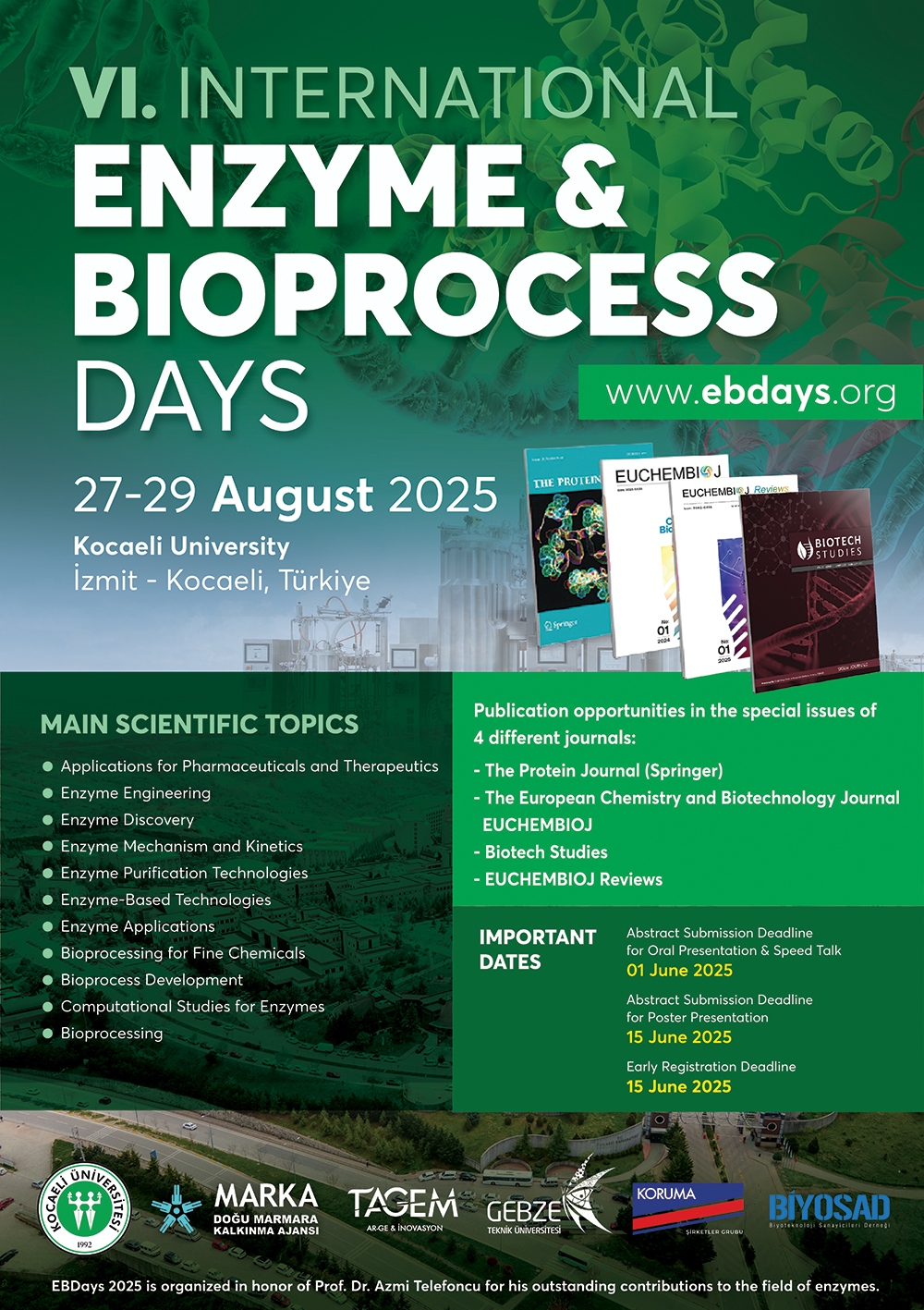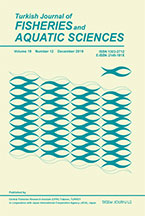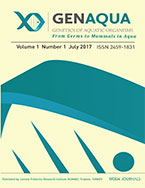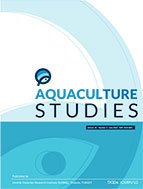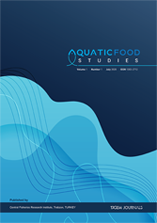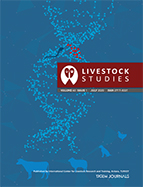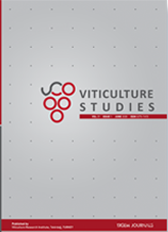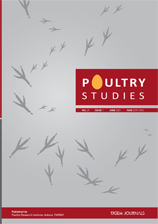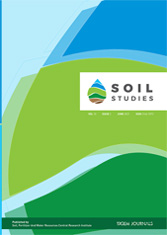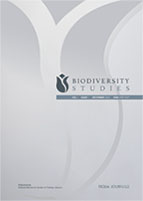Biotech Studies
2025, Vol 34, Num, 1 (Pages: 083-092)
Porphyridium cruentum as a biological component for the green synthesis of metal nanoparticles and for the evaluation of their antimicrobial activity
2 Department of Bioengineering, Faculty of Engineering and Natural Sciences, Manisa Celal Bayar University, Manisa, Türkiye
3 Faculty of Engineering, Department of Genetics and Bioengineering, Izmir University of Economics, Izmir, Türkiye DOI : 10.38042/biotechstudies.1735385 - Silver nanoparticles are an alternative to new-generation antimicrobial agents with their antimicrobial activity. Iron and zinc nanoparticles can potentially be used as UV protection in various applications. Nowadays, green synthesis of nanoparticles as a sustainable alternative attracts attention. Microalgae are promising in nanoparticle synthesis among biological sources due to their high biomass productivity and heavy metal accumulation ability. The present study aimed to investigate the potential of synthesizing intracellular silver, zinc and iron nanoparticles from Porphyridium cruentum microalgae. For nanoparticle synthesis, the effects of metal solution concentration and amount of biomass on particle size were investigated. The nanoparticles were characterized by dynamic light scattering, UV-vis spectrophotometry, and antimicrobial activity test. Silver nanoparticles of 169.7 nm, zinc nanoparticles of 189 nm, and iron nanoparticles of 356.7 nm were characterized by DLS. 169.7 nm silver nanoparticles were synthesized with 9.83 mM AgNO3 concentration and 0.19 mg/ml biomass: metal solution mixing ratio. The surface plasmon resonance band of silver nanoparticles was observed in the 300-350 nm wavelength range. According to the antibacterial activity results of silver nanoparticles, inhibition zone diameters were obtained as 10.83±0.76 mm and 11.33±0.57 mm against Escherichia coli and Staphylococcus aureus bacteria, respectively. Keywords : Microalgae Green synthesis Nanoparticles Porphyridium cruentum Antimicrobial activity



